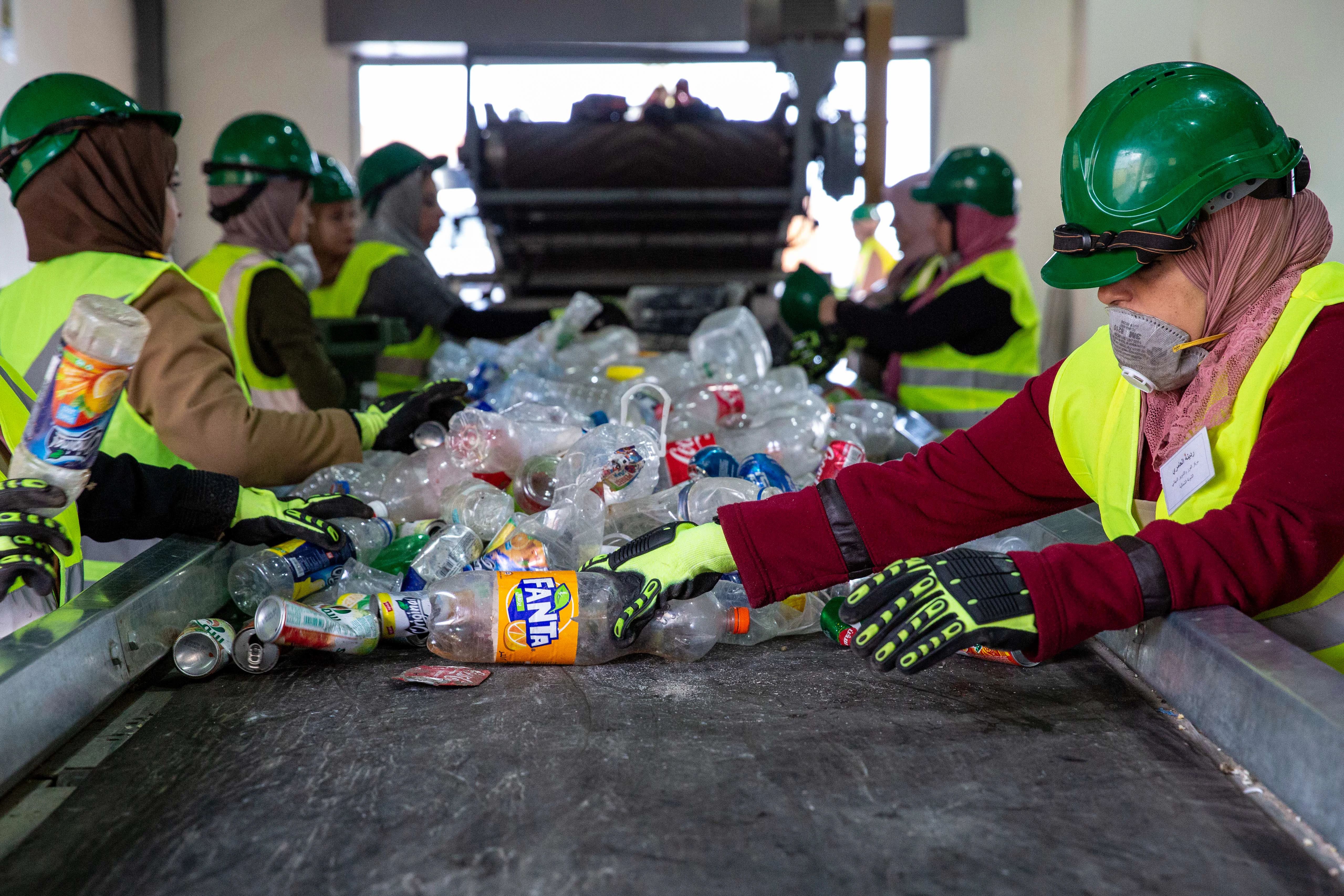Plastic Waste Solutions: Innovations and Challenges
The proliferation of plastic waste has emerged as one of the most pressing environmental challenges of the 21st century. With millions of tons of plastic produced annually, the consequences of improper disposal and inadequate recycling methods have led to widespread ecological degradation and health concerns.
This article examines innovative solutions to plastic waste management while addressing the challenges that accompany these advancements.
Understanding the Plastic Waste Crisis
Plastic, due to its durability and versatility, has become a ubiquitous material in modern society. However, its long decomposition time—ranging from hundreds to thousands of years—means that plastic waste accumulates in landfills, oceans, and other ecosystems.
Key statistics underscore the severity of this crisis:
- Approximately 300 million tons of plastic are produced each year.
- An estimated 8 million tons of plastic enter the oceans annually, significantly impacting marine life.
- Only 9% of plastic waste is recycled, with the majority ending up in landfills or the environment.
The persistence of plastic in the environment not only harms wildlife but also poses risks to human health through the contamination of food and water sources. Addressing this crisis requires innovative solutions that encompass the entire lifecycle of plastic products.
Innovative Solutions in Plastic Waste Management
Recent advances in technology and policy have led to the development of innovative solutions aimed at reducing plastic waste. These solutions can be categorized into three primary areas: recycling technologies, biodegradable alternatives, and community-based initiatives.
Recycling Technologies
- Advanced Recycling Methods: Traditional recycling methods often struggle with the contamination of plastic materials. Advanced recycling technologies, such as chemical recycling, can convert plastic waste back into its original monomers, allowing for the creation of new plastics without degradation in quality. This process not only increases the recycling rate but also reduces the demand for virgin materials.
- Automated Sorting Systems: Innovative sorting technologies, including artificial intelligence and robotics, enhance the efficiency of recycling facilities. These systems can accurately identify and separate different types of plastics, minimizing contamination and maximizing the recovery of recyclable materials.
- Closed-Loop Recycling: Companies are increasingly adopting closed-loop systems, where products are designed with their end-of-life in mind. This approach ensures that materials can be reused or recycled indefinitely, reducing the overall demand for new plastic production.
Biodegradable Alternatives
- Bioplastics: The development of bioplastics, derived from renewable resources such as corn starch or sugarcane, offers a promising alternative to conventional plastics. These materials can decompose more rapidly under the right conditions, reducing the long-term impact on the environment.
- Innovative Packaging Solutions: Companies are exploring alternative packaging materials that are both functional and environmentally friendly. For instance, mushroom-based packaging, made from agricultural waste and mycelium, is biodegradable and can serve as a sustainable substitute for Styrofoam.
- Edible Packaging: Researchers are investigating the feasibility of edible packaging made from seaweed or other natural materials. This innovative approach not only reduces plastic waste but also offers a novel way to enhance food preservation.
Community-Based Initiatives
- Public Awareness Campaigns: Educating communities about the importance of reducing plastic waste is crucial for fostering sustainable behaviors. Campaigns that promote the use of reusable bags, bottles, and containers can lead to significant reductions in single-use plastic consumption.
- Local Clean-Up Efforts: Community-driven clean-up initiatives empower individuals to take action against plastic pollution. Organizing local clean-up events in parks, beaches, and urban areas can help remove plastic waste while raising awareness about the issue.
- Policy Advocacy: Grassroots movements advocating for policy changes play a vital role in addressing plastic waste. By supporting legislation that bans single-use plastics, promotes recycling, and encourages sustainable practices, communities can drive systemic change.

Challenges in Implementing Plastic Waste Solutions
Despite the promising innovations in plastic waste management, several challenges hinder their widespread adoption. These challenges can be categorized into economic, technological, and social barriers.
Economic Barriers
- High Costs of Recycling Technologies: The initial investment required for advanced recycling technologies can be prohibitively high for many municipalities and companies. Without adequate funding and incentives, the implementation of these solutions may be limited.
- Market Demand for Recycled Materials: The fluctuating market demand for recycled plastics can deter companies from investing in recycling facilities. Establishing stable markets for recycled materials is essential for the sustainability of recycling initiatives.
Technological Barriers
- Limited Infrastructure: Many regions lack the necessary infrastructure to support advanced recycling and waste management systems. Developing comprehensive waste management strategies requires significant investment in facilities, technology, and workforce training.
- Complexity of Plastics: The diverse range of plastic types and their varying properties complicate the recycling process. Developing effective sorting and recycling methods for mixed plastic waste remains a significant challenge.
Social Barriers
- Consumer Behavior: Changing consumer attitudes towards plastic consumption is a complex task. Many individuals remain unaware of the environmental impact of their choices, making education and awareness campaigns crucial.
- Resistance to Change: Industries reliant on traditional plastic production may resist adopting sustainable practices due to concerns about profitability and market competitiveness. Encouraging collaboration between stakeholders is essential for overcoming this resistance.
Conclusion
The challenge of plastic waste management is multifaceted, requiring a comprehensive approach that encompasses innovative technologies, alternative materials, and community engagement. While significant strides have been made in developing solutions, addressing the economic, technological, and social barriers is essential for achieving sustainable outcomes. By fostering collaboration among governments, industries, and communities, we can pave the way for a more sustainable future, free from the burden of plastic waste.
References
- National Geographic: The Plastic Waste Crisis
- World Economic Forum: The New Plastics Economy
- EPA: Plastics Recycling
- Plastic Pollution Coalition: Solutions
- The Ellen MacArthur Foundation: A New Textiles Economy
- UN Environment Programme: Single-Use Plastics
- National Oceanic and Atmospheric Administration: Marine Debris
- Bioplastics News: Bioplastics Overview
- Greenpeace: The Problem with Plastic
- The Guardian: Plastic Waste Solutions








![[LIVE] Engage2Earn: Sam Rae for Hawke boost](https://cdn.bulbapp.io/frontend/images/6b43c624-bd70-48c8-b0bc-7bc27c86e0ee/1)















































